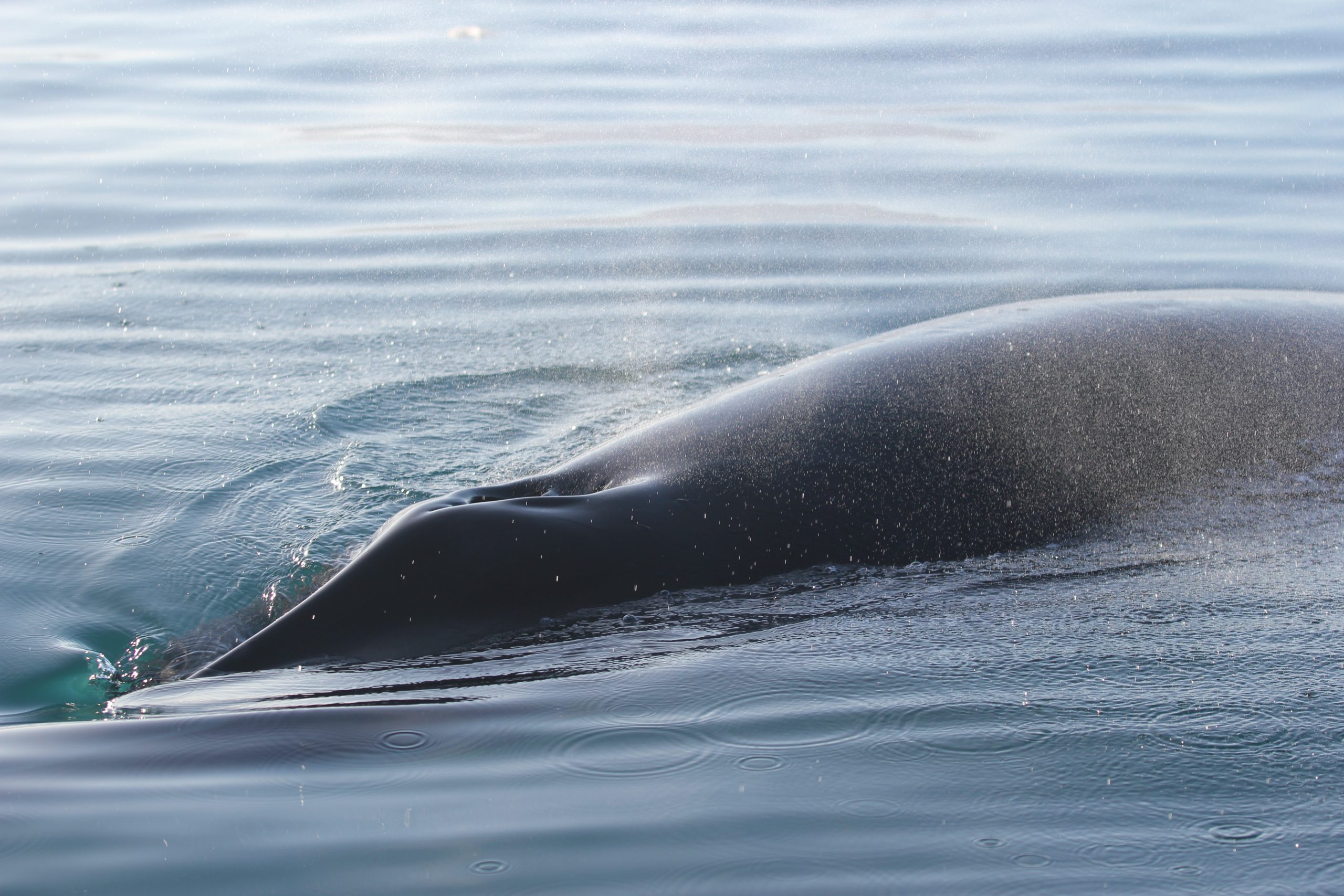How lunge feeding biomechanics, extreme predator-prey size ratios, and the rare enemy effect determine foraging energetics at the largest scale
Jeremy Goldbogen
Stanford University, USA

The largest animals are marine filter feeders, using flow-induced pressures from forward locomotion to drive prey-laden water into a relatively large mouth for intraoral filtration. The most recent and largest radiation of this guild are edentulous baleen whales (Mysticeti) that use keratinized racks of fringed and matted baleen to filter small zooplankton. Rorqual whales (Balaeopteridae), exhibit the greatest size range among mysticetes and employ a unique lunge feeding mechanism whereby engulfment and filtration are temporally decoupled. As a result, lunge feeding confers the ability to rapidly engulf large prey aggregations, such as krill or schooling fish, followed by a prolonged filter phase. Although lunges occur at higher speeds compared to all other vertebrate filter feeding modes, the extreme predator-prey ratios at play suggest that whales may not be able to overcome the escape abilities of scattering prey. These prey have been engaged in evolutionary arms races with smaller predators for tens of millions of years prior to the rise of today’s ocean giants. Baleen whales evolved gigantism only in the last few million years, thus they represent rare enemies of agile fish such that escape responses are delayed until it is too late to avoid engulfment. Here we synthesize data from whale-borne movement-sensing tags, looming stimulus lab experiments, and biomechanical models to calculate prey capture success and feeding energetics across scale. Our results suggest that lunge feeding on fish is enhanced by large body size and high speeds, but that large size imposes a time constraint that limits the portions of fish schools that can be engulfed. However, larger whales could switch to smaller and less agile prey like krill to offset this decrease in performance. This predicted trade-off is largely consistent with rorqual diet preferences across body sizes with larger whales feeding on small prey like krill, smaller whales feeding on larger schooling fish, and intermediate size whales feeding on a wider range of prey. We posit that lunge feeding evolved from more generalized filter feeding modes in smaller whales to exploit agile fish at high speeds. By exploiting the higher prey energy densities of fish, rorquals expanded their foraging niches and realized higher energetic efficiencies, thereby generating an evolutionary pathway to even greater body sizes. However, rorquals at this scale then required an evolutionary switch back to smaller prey like krill to sustain the largest body sizes ever observed in modern blue whales and fin whales.









You must be logged in to post a comment.